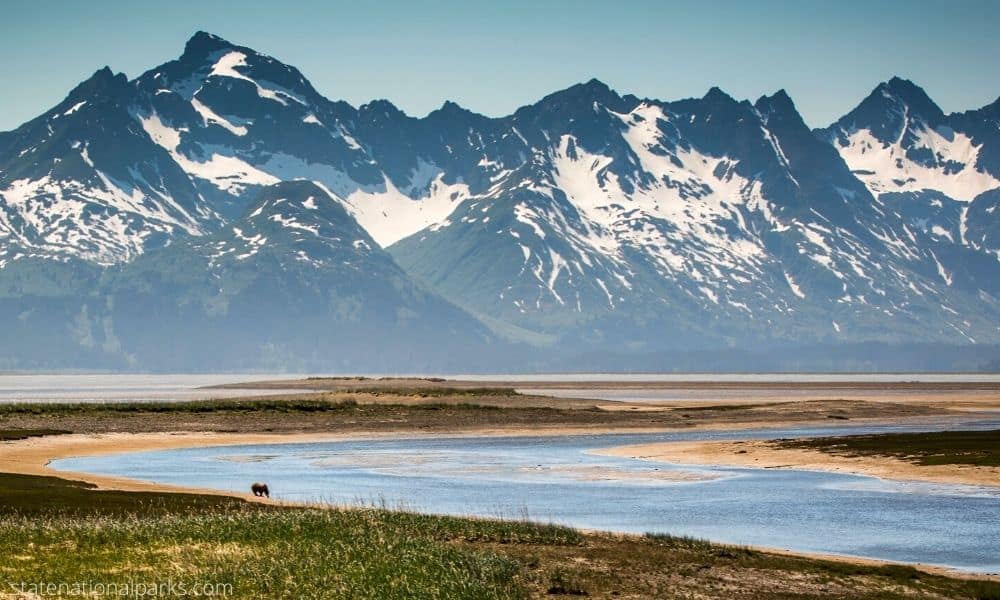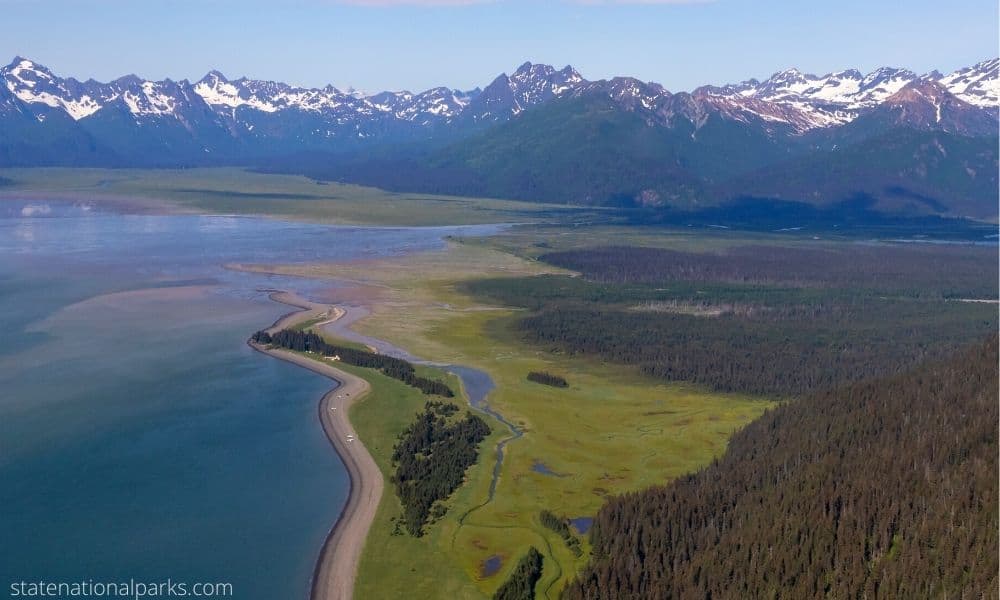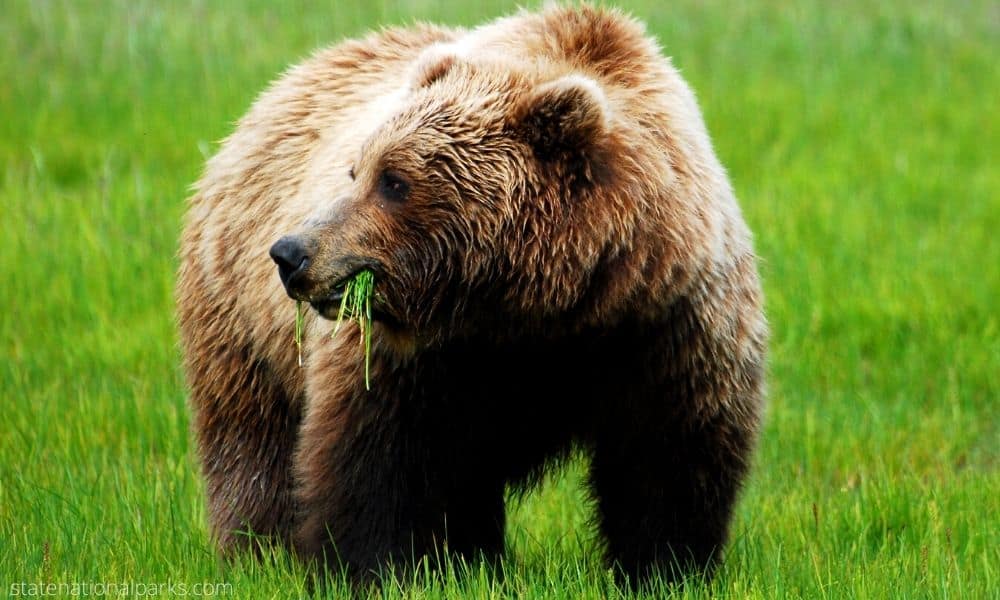
Lake Clark National Park and Preserve is a vast and beautiful wilderness area located in the southwestern part of Alaska. Established in 1980, the park covers over 4 million acres of land and includes a variety of landscapes, from the towering mountains of the Alaska Range to the pristine waters of Lake Clark itself.
One of the most unique features of Lake Clark National Park and Preserve is its location. Unlike many other national parks that are located near major cities or popular tourist destinations, Lake Clark is remote and difficult to access. The park is only accessible by plane or boat, which makes it a true wilderness experience.

Despite its remote location, Lake Clark National Park and Preserve is home to a rich diversity of wildlife. The park is known for its populations of brown bears, which can be seen fishing for salmon in the park’s rivers and streams during the summer months. Other wildlife commonly found in the park include wolves, moose, caribou, and a variety of bird species.
One of the most popular activities in Lake Clark National Park and Preserve is fishing. The park is home to a number of fish species, including salmon, trout, and char. Fishing is allowed in the park with a valid Alaska fishing license, and there are a number of outfitters in nearby communities that offer guided fishing trips.

Another popular activity in the park is hiking. There are over 80 miles of trails in Lake Clark National Park and Preserve, ranging from easy day hikes to strenuous multi-day backpacking trips. Some of the most popular hiking destinations in the park include the Tanalian Falls Trail, the Twin Lakes Trail, and the Turquoise Lake Trail.
In addition to hiking and fishing, visitors to Lake Clark National Park and Preserve can also enjoy a variety of other activities, including kayaking, rafting, and wildlife viewing. The park is home to a number of wilderness lodges and outfitters that offer guided tours and activities.
One of the unique aspects of Lake Clark National Park and Preserve is the presence of several native Alaskan communities within the park boundaries. The park is home to three indigenous groups: the Dena’ina Athabascans, the Alutiiq, and the Yup’ik Eskimos. These communities have lived in the area for thousands of years and have a deep connection to the land and wildlife of the park.
Visitors to Lake Clark National Park and Preserve can learn more about the native Alaskan communities by visiting the park’s visitor center, which features exhibits and displays about the park’s history and culture. The park also offers ranger-led programs and cultural demonstrations, which provide visitors with a unique opportunity to learn about the native Alaskan way of life.
In addition to its cultural and natural resources, Lake Clark National Park and Preserve is also home to a number of historic sites. The park includes several abandoned gold mining towns, as well as the remains of ancient dwellings and hunting camps.
One of the most popular historic sites in the park is the Dick Proenneke Historic Cabin, which is located on the shore of Upper Twin Lake. The cabin was built by Proenneke, a naturalist and conservationist, who lived in the park for over 30 years. Visitors to the cabin can see how Proenneke lived and worked in the park, and learn about his efforts to preserve the wilderness of Lake Clark.
Lake Clark National Park and Preserve is a unique and beautiful wilderness area that offers visitors a chance to experience the natural and cultural heritage of Alaska. From its towering mountains and pristine lakes to its abundant wildlife and native Alaskan communities, Lake Clark is a true wilderness gem that should be on every nature lover’s bucket list.